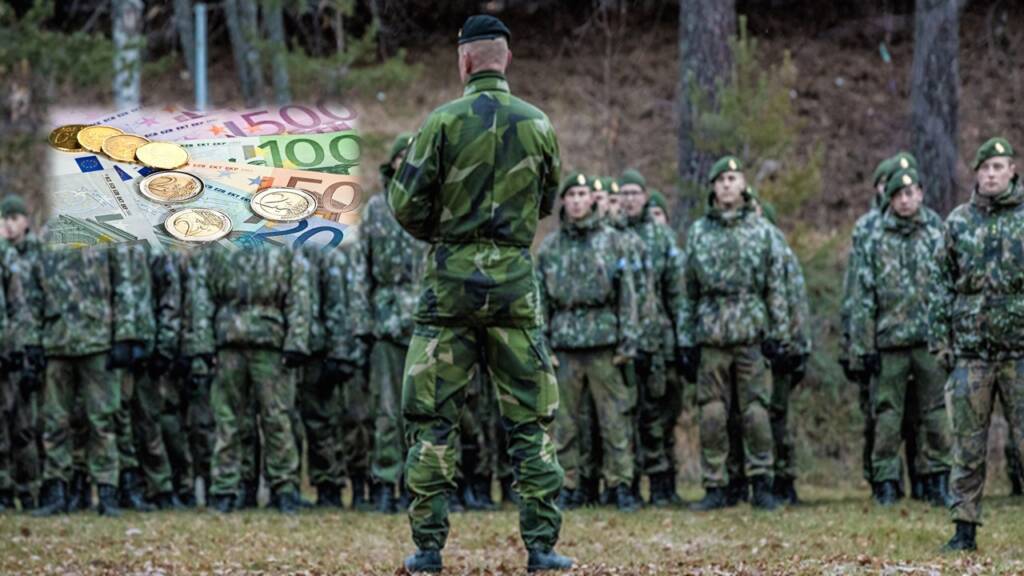In recent developments, the unfolding situation in Ukraine, particularly the breach of defensive positions in Avdiivka, combined with the statement by presidential hopeful Donald Trump regarding his stance on defending Europe against Russian aggression, has sparked a notable increase in calls for heightened spending on Europe’s military across the continent. These calls predominantly emanate from national defense ministries, though it remains uncertain if there’s an ongoing dialogue with their finance ministry counterparts regarding these propositions.
Europe finds itself in a challenging economic predicament, exacerbated by substantial expenditures on pandemic-related lockdowns and energy subsidies, leaving the average European nation in a tight fiscal spot. A prime example of this economic strain is observed in Germany, which recently announced a budget plan committing to a debt issuance cap of €39 billion, in adherence to its constitutional debt brake, pegged at 0.35% of GDP. Despite currently allocating 1.4% of its GDP to military spending, German Defense Minister Boris Pistorius has proposed an ambitious increase to 3.5% of GDP. This proposal, which would require approximately €80 billion, raises critical questions about the feasibility of such a financial leap, highlighting a widespread disconnect between military spending ambitions and the stark realities of budget constraints, a discrepancy that seems to escape media scrutiny and political discourse.
Join us on Telegram: https://t.me/tfiglobal
The reaction to Trump’s remarks by British Defense Secretary Grant Shapps, urging NATO allies to honor their defense spending commitments of 2% of GDP, underscores the ongoing debate on the adequacy of such expenditure levels. Despite Britain exceeding this threshold with a 2.2% GDP allocation to its military in 2022, concerns persist regarding the state of its armed forces. This is juxtaposed with Germany’s larger personnel count despite its lower spending, prompting a reevaluation of spending efficacy.
Moreover, the acknowledgment of Europe’s deindustrialization, a consequence partly attributed to the cessation of affordable Russian gas, further complicates the scenario. This industrial downturn raises significant doubts about Europe’s capacity to bolster its military capabilities amidst escalating energy costs and factory shutdowns, particularly when European military production was already considered underwhelming before the energy crisis.
The economic landscape across Europe is equally troubling, with nations grappling with stagnation and recurring bouts of technical recessions, as recently exemplified by Britain. Although these recessions have yet to manifest in widespread job losses, they signal the potential for more severe economic downturns, which would amplify budgetary pressures through decreased tax revenues and increased unemployment claims.
Read more: Orbán’s Game-Changer: The Unseen Move Shaking Up Europe!
This context paints a picture of European leadership increasingly detached from the harsh economic realities at play, seemingly convinced that military preparedness against a potential Russian conflict is merely a matter of political will. However, the tangible limitations, whether budgetary or industrial, stand as formidable barriers to these ambitions. The proverb “If wishes were horses, then beggars would ride” aptly captures the predicament facing European defense ministers, suggesting a future where aspirations may be significantly tempered by fiscal and practical constraints.
